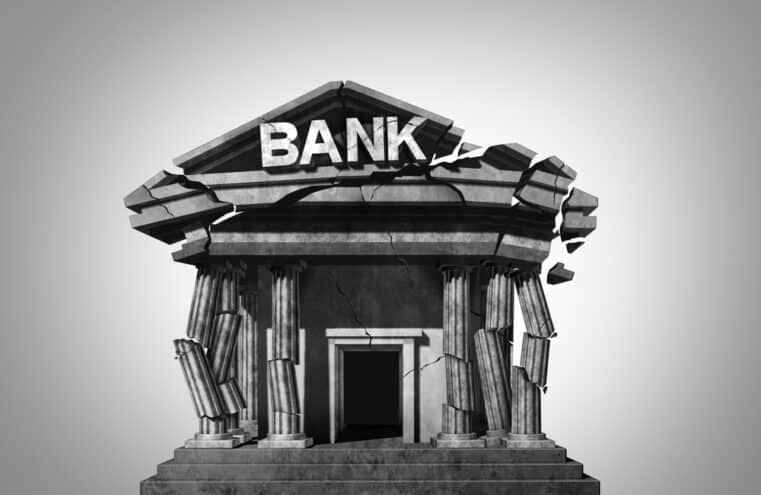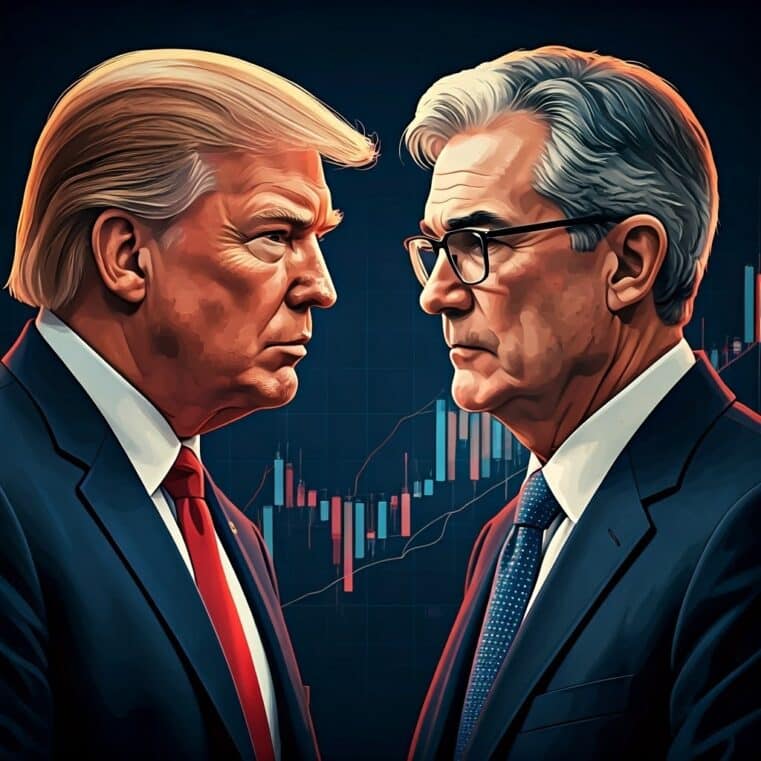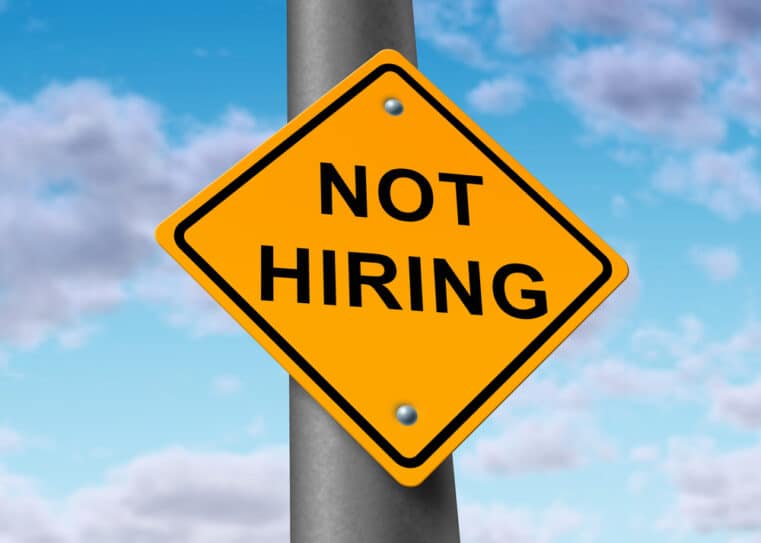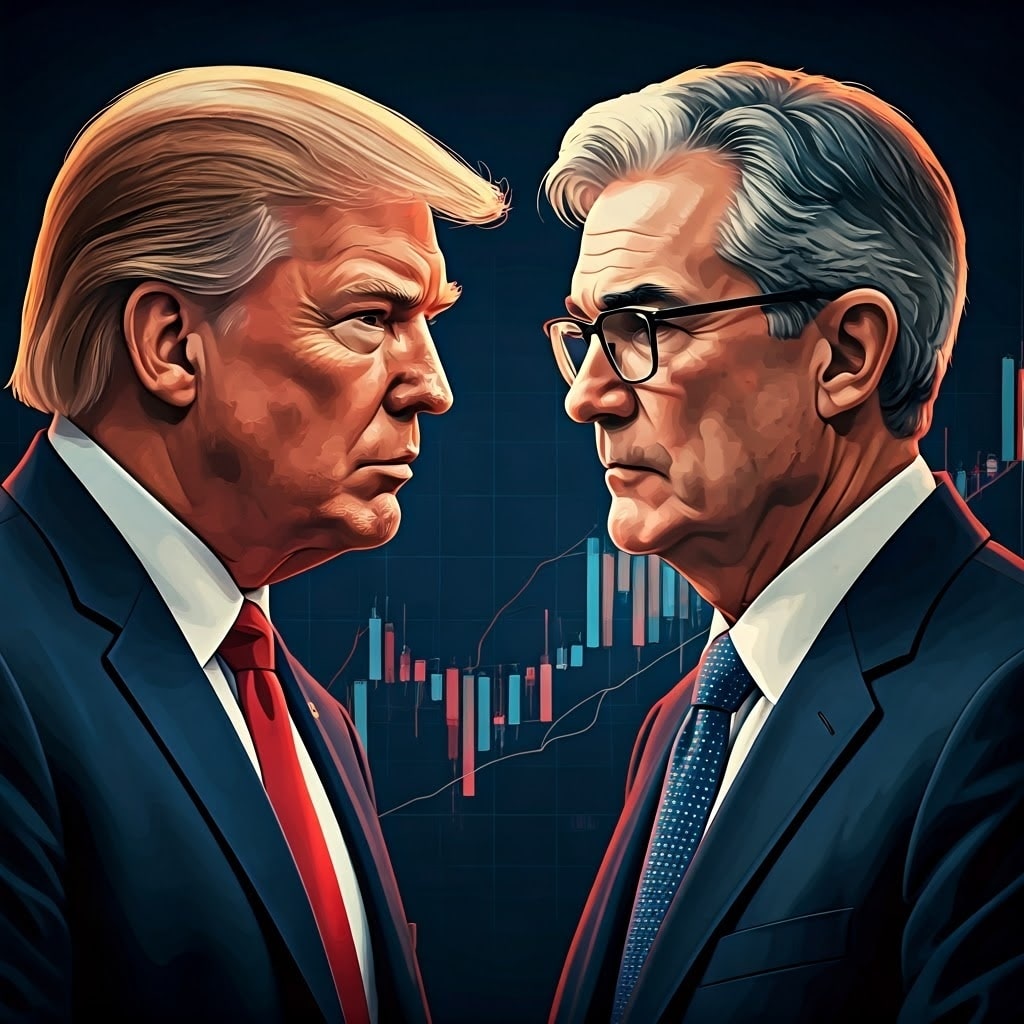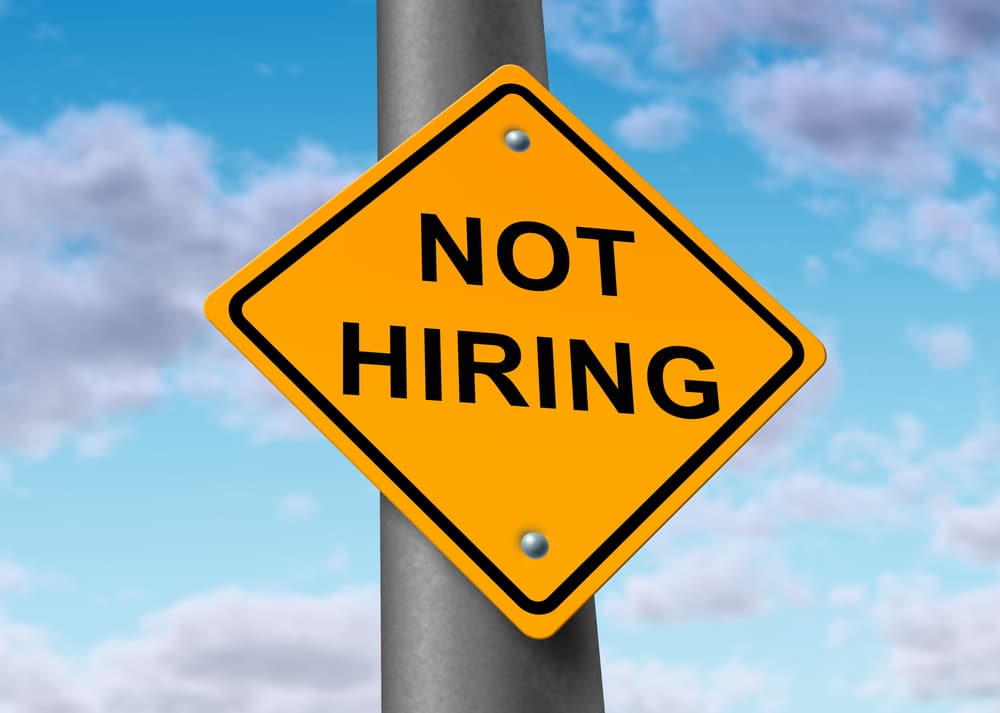
Trump’s Mega-Rate Cut Gambit Could Carry Unintended Consequences
The Situation
Donald Trump and a growing faction of Republicans are pressing the Federal Reserve to slash rates dramatically—and soon.
There’s a case to be made for modest cuts, but current economic indicators don’t signal that the Fed’s stance is wildly misaligned with fundamentals.
Any Fed chair appointed under a new administration would still have to win over the eleven other members of the Federal Open Market Committee. Convincing them that emergency-level cuts are warranted in the absence of a crisis is no simple task.
The Risk of Perception
The kind of large-scale reductions Trump is advocating—at a moment when the economy is broadly balanced—could actually drive long-term borrowing costs higher if markets interpret the move as driven by politics rather than data.
When monetary policy dials are off, it tends to show up fast in the numbers.
In early 2022, policy was too loose, and inflation took off. Back in 2008, policy was too tight, and unemployment spiked.
Today, no such imbalance is obvious. The unemployment rate is about 4.1%. Inflation, measured by the Fed’s preferred gauge, is running at 2.3%.
A Closer Look
Given that relative stability, there’s a solid argument for moving rates toward a neutral posture to sustain the expansion.
Fed officials estimate that the long-run neutral rate is around 3%. The current target is roughly 4.4%, suggesting that five or six quarter-point cuts could get policy back to neutral if the data cooperates.
Chair Jerome Powell recently said the Fed would already be easing if not for concerns that tariffs could reignite inflation.
The Scale of the Proposed Cuts
Trump’s position goes well beyond this gradual approach.
“Our Fed Rate is AT LEAST 3 Points too high. ‘Too Late’ is costing the U.S. 360 Billion Dollars a Point, PER YEAR, in refinancing costs,” he wrote on Truth Social.
By that math, the Fed’s target rate would drop to around 1.4%—deeply stimulative territory.
That’s the level of policy response the Fed typically deploys when the labor market is in severe distress, not when the economy is running close to trend.
The Practical Challenge
To deliver cuts on that scale, a new Fed chair would need to make the case that either the job market is deteriorating far faster than it appears, or that the neutral rate is much lower than 3%. Possibly both.
In the end, no matter who’s making the ask, the burden of proof doesn’t disappear. The credibility of monetary policy hinges on whether decisions look anchored in evidence rather than expedience.
Take Action Before the Next Policy Shift Hits
Download “Seven Steps to Protect Yourself from Bank Failure” by Bill Brocius. Even when the headlines are calm, preparation beats regret.
Stay vigilant. Stay free.





